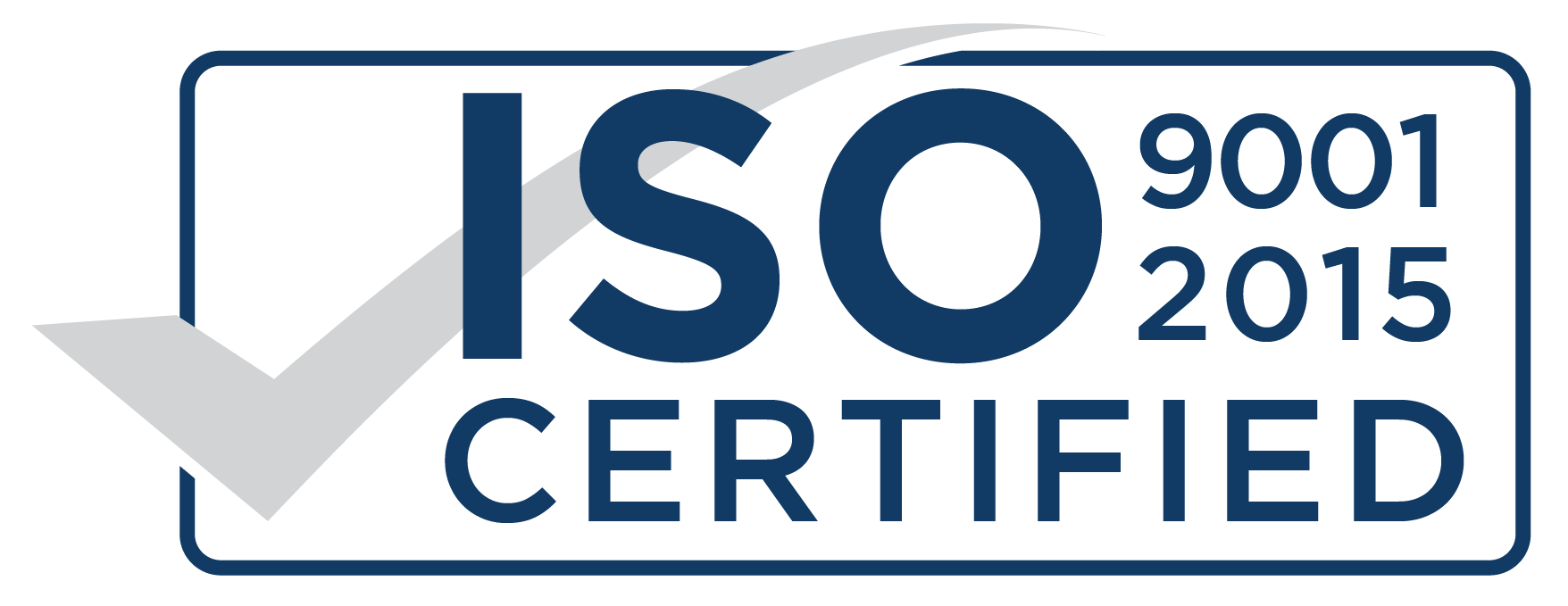ISO 9001 certification is increasingly required in subcontracts, especially by European multinationals. Our software solutions from DocuWare can assist hugely in your efforts to be ISO Compliant.
There are a wide variety of business advantages to ISO 9001 certification.
Per the Reference for Business:
- Increased marketability
- Reduce operational expenses
- Better management control
- Increased customer satisfaction
- Improved internal communication
- Improved customer service
- Reduction of product-liability risks
- Increased attractiveness to investors
ISO 9001 certification is a document and information-intensive process. To achieve ISO 9001 certification, a manufacturer must collect, update, and share its large library of ISO documents with single point access to the latest documentation. Attempts to do so with paper-based documents and processes will inevitably prove to be costly and/or unsuccessful. Digitising document processes has enormous benefits in simplifying and streamlining the certification process, which you can read more about on the quality and compliance page of our website.
Here are examples of some of the processes must be standardised and documented in ISO 9001 – and that could be dramatically improved by embracing digital documents:
- Quality Manual – The quality manual defines how each requirement of the rather generic ISO 9001:2008 standard is applied at the company.
- Quality Procedures – The quality procedures are the essence of the ISO 9001 documentation. The ISO 9001 quality procedures explicitly describe how certain key processes within the company must be performed, and who is responsible for them.
- Quality Policy – The quality policy is the company’s policy defining its stance towards quality and customer satisfaction.
- Quality Objectives – The quality objectives define measurable goals relative to the company’s quality management system.
- Process Flowchart – The process flowchart is a description of how the various processes of the ISO 9001 QMS interact with each other.
- Work Instructions – Work instructions are the most detailed and most company-specific of all ISO 9001 documents. Work instructions describe in detail how particular tasks must be performed. Work instructions are typically written by the people who perform the actual work.
- Records – Records are different from the above documents, all of which provide directions on how to conduct business. Records, on the other hand, are evidence of things done. ISO 9001:2008 contains numerous explicit requirements on records plus requirements for many more undefined records.
Many organisations are unaware that even if they previously went through the ISO 9001 certification process, things are changing. A new ISO 9001 standard was published on September 15, 2015. This means that the ISO 9001:2008 standard will become obsolete on September 14, 2018, and that all ISO 9001:2008 certifications issued in late 2015 and beyond bear an expiry date of September 14, 2018.
Per Wikipedia, there are five core changes in ISO 9001:2015:
- Greater emphasis on building a management system suited to each organisation's particular needs
- A requirement that those at the top of an organisation be involved and accountable, aligning quality with wider business strategy
- Risk-based thinking throughout the standard makes the whole management system a preventive tool and encourages continuous improvement.
- Less prescriptive requirements for documentation: the organisation can now decide what documented information it needs and what format it should be in.
- Alignment with other key management system standards through the use of a common structure and core text.
So there has never been a better time than now to examine the core underlying document management practices associated with ISO 9001 certification. Certifying against the new standard provides an opportunity to view ISO 9001 not only as a paper documentation exercise, but as an opportunity for digitizing document processes – and in the process transforming the business. Leading edge organisations are increasingly realising that if approached strategically through a document management system, compliance-mandated digital documents can provide a foundation for more effective processes throughout the business and provide insights that are critical to digital transformation.
For more information, contact us 0161 647 7040 info@doctech.co.uk
